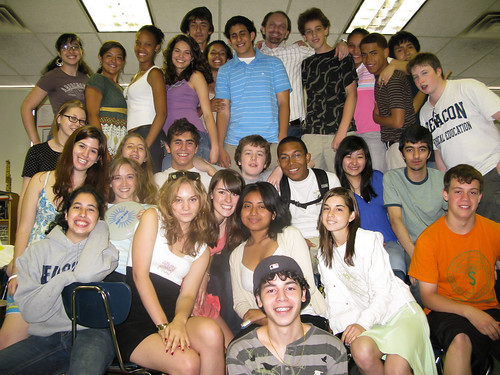1. Mandalas for both classes are now due Tuesday. You have had three weeks to work on this project, so I am expecting nothing less than extraordinary work. The Mandala will be worth 200 points and count as a project/essay grade. Keep in mind:
- Your base structure of your mandala should be a series of geometric shapes. The primary, and largest, shape must be a geometric shape. Within there must be an arrangement of smaller geometric shapes.
- All geometric shapes must be PRECISE. The craftsmanship in general should be precise.
- The Mandala should use colors meaningfully. Meaning, you should be able to explain why you chose the colors you chose.
- All visuals beyond the base structure should be purposeful and powerful. Meaning, there should be a rationale for everything present in your Mandala and that rationale should be of great significance to you. Further, the images should be aesthetically pleasing in presentation.
- The Mandala should reflect great creative effort!
- The Mandala should reflect great overall effort!
- The Mandala should reflect you!
2. Allegorical Short Fiction–due Wednesday, March 26th. In particular, pay attention to how you are using dialogue, sensory imagery, and figurative language. Keep in mind:
- Allegory: Your short story should reflect common characteristics of an allegory per the link posted at the beginning of this project.
- Theme: Your short story should reflect you and some aspect of your Self as the primary subject for the allegory.
- Characterization: Characters are well-developed through dialogue, actions or thoughts.
- Point of view: One point of view is used consistently throughout the story. Further, the point of view is the product of a conscious choice.
- Grammar/Usage/Mechanics: Correct grammar, sentence and paragraph structure, spelling, punctuation and capitalization are used. Use of strong vocabulary is evident. Sentences vary in length and type.
- Organization: While this story may not have the traditional beginning, middle, and end, there should still be a logical and consciously chosen organization to the narrative.
- Conflict: Clearly established and developed yet not necessarily resolved.
- Creativity: The story contains many creative details and/or descriptions that contribute to the reader’s enjoyment. The author has really used his/her imagination. There is evidence of vivid sensory imagery and figurative language to help paint the scenes of your narrative.
3. We begin the next unit on Monday, The Death of Ivan Ilyich by Leo Tolstoy.















































